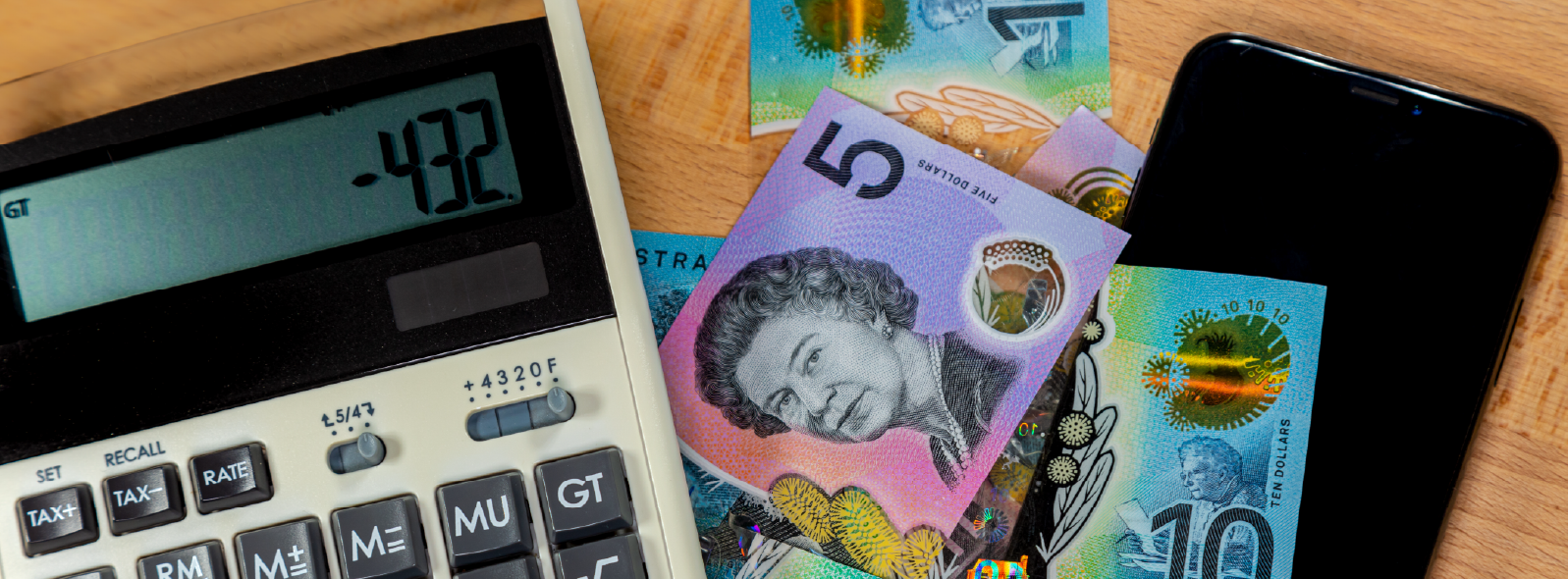The economy can be unpredictable, and with inflation and interest rates on the rise, many hardworking Aussies find themselves navigating financial challenges. This is especially true if you’re new to the workforce, or starting your own business, and don’t have excess savings in your bank account.
Why are expenses rising so quickly?
Inflation reached a peak of 8.4% in December 2022, and the Reserve Bank of Australia (RBA) responded by raising interest rates incrementally, and has continued to do so throughout 2023. This means that home loan repayments and rents for many people have increased.
While inflation has now eased, living costs and rents are continuing to surge. In the year to June across the country, the cost of food overall surged by 7.5%, including a 15.2% spike in dairy products and an 11.6% increase in bread and cereal products. Rents were up by a significant 6.7%, insurance costs soared by 14.2%, and utility prices saw hikes ranging from 12% to 14%.
Unfortunately, this means many people are juggling precarious housing situations with rising rents, full-time study, and lower-paid jobs or unpaid placements.
Budgeting Tips to Help You Ride Through Tough Times
While the economy continues to do it tough, getting a handle on budgeting becomes essential, especially for young workers. Here are few ways to take control of your budget, decrease your spending and increase your savings:
1. Track Your Spending
Ever wonder where your hard-earned dollars vanish? Start by keeping tabs on your spending for a month. You’ll be surprised by how those small daily expenses add up. A takeaway coffee here, a streaming service there – it all adds up. Tracking your spending is like shining a torch in the dark corners of your finances.
2. Create a Budget
Think of a budget as your financial roadmap. Allocate your income to categories like bills, groceries, and savings. Sticking to your budget is like staying on the right track. To do this, calculate your total monthly income and subtract your essential expenses like rent or mortgage, utilities, groceries, and transport. What’s left can be divided into discretionary spending and savings. Don’t forget to review and adjust your budget regularly as your financial situation changes.
3. Build an Emergency Fund
An emergency fund acts as a financial safety net if something unexpected happens. Your long term goal should be to have three to six months’ worth of living expenses for rainy days. Unexpected expenses, like car repairs or medical bills, won’t leave you scrambling.
4. Trim Unnecessary Costs
Remember those unused subscriptions and bloated bills? It’s time to say goodbye. Look for cheaper alternatives and give your wallet some breathing room. Reevaluate your subscriptions and services – do you really need three streaming platforms? Cutting back on non-essential expenses can free up cash for more critical financial goals.
5. Tackle High-Interest Debts
High-interest debts, like credit card or After Pay balances, can drain your finances faster than you think. Focus on paying them off first. Start with the debt that has the highest interest rate. Once it’s paid off, tackle the next one. This debt snowball approach can help you become debt-free sooner.
6. Set Savings Goals
Dreams are worth chasing, so set specific savings goals. Whether it’s a holiday, a home, or retirement, having targets keeps you motivated. Calculate how much you need to save and set a timeline. Automatic transfers to a separate savings account can make achieving your goals easier.
7. Cook at Home
Eating regularly out can burn a hole in your wallet. Cooking dinner at home, and bringing your own lunch to work can save you a bundle. Preparing meals at home is not only cost-effective but can also be healthier because it allows you to control your ingredients and portion sizes.
8. Shop Smart
Look for sales, discounts, and use coupons whenever possible. It all adds up to a healthier bank balance. Plan your meals and create a shopping list to avoid impulse purchases. Explore store loyalty programs and take advantage of bulk-buying opportunities for non-perishable items.
9. Stay Informed
Knowledge is power. Keep an eye on the news and financial trends. Understanding the economy helps you make savvy money moves. Follow reputable financial news sources and consider diversifying your investments to protect your wealth.
By following these tips, you can navigate the challenges of the Australian cost of living with resilience and financial savvy. Your path to financial freedom begins with the first step. Start today, and you’ll be better prepared to thrive in any economic climate.















